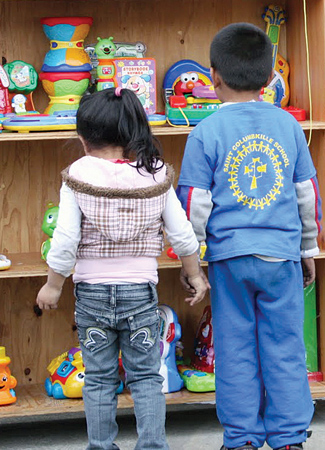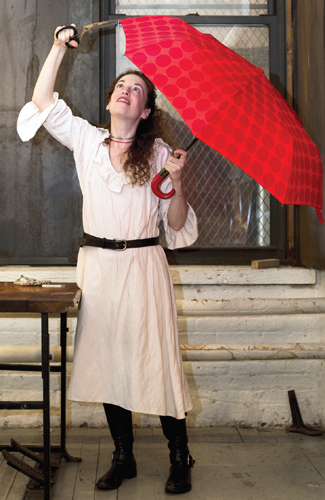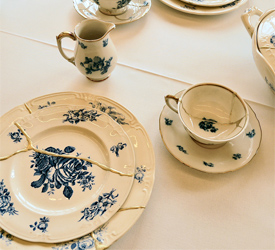 Erik Oakenshield, Fractal Enlightenment
Erik Oakenshield, Fractal Enlightenment
Waking Times
The I Ching Basics: What Is It and How Do I Use It?
The I Ching is one of the world's oldest divination texts, with some claims putting it over 3,000 years old The I Ching, or Book of Changes, is an oracle even, that has helped millions by providing advice and guidance to life's questions, both complex and basic. The beauty in consulting the I Ching is that it does not provide answers for you — but rather it helps you find the answers that already exist within you.
Mode of Consultation
There are multiple ways to consult the I Ching. One of the earliest methods utilizes sorting and counting yarrow sticks, but as time has gone on other ways have evolved. The most common method now has become coin-tossing, perhaps because 50 yarrow sticks are harder to come by, possibly because the coin-tossing method is faster — either way, the mode by which one consults the I Ching is not as important as the mindset that one has while they are consulting.
The Importance of Mental Focus
Focusing on their question is one of the most important things that people consulting the I Ching can do. If there is one piece of advice that I can give to beginners, it is that they fill themselves with their specific inquiry as they are consulting the I Ching.
A practitioner will, for the time that they are tossing coins or drawing reeds, meditate deeply on their question. After they have built their hexagram line, they will empty themselves of the inquiry, like a vase emptying itself of water. The results are there to fill the inquirer with suggestion, so it is imperative that the practitioner has room to receive that suggestion.
This may sound difficult, but with even just a little practice, the novice will start to notice the effects.
How to Consult the I Ching?
The I Ching is not something that somebody has to learn, so much as something somebody just has to do. You'll need a copy of the I Ching, 3 coins, and a pen and paper.
1. The first thing you will do is ask your question. You don't have to say it out loud if you don't want to, but be sure that you are concentrating on it mentally (memtioned above). Your question should not be a yes or no question, and should allow for a considerable amount of time for a real-world manifestation. For example, instead of asking something like "Should I go out today?" you would want to ask something closer to "How can I become more in tune with the universe?" or "How can I make my relationship better?" These questions allow you to take time in realizing, manifesting, and becoming the answer you are looking for.
2. As you are meditating on your question, toss the three coins. From bottom to top (not top to bottom), you will record one of four different outcomes.
• 2 tails, 1 head = Yang, signified by a solid line
• 1 tail, 2 heads = Yin, signified by a broken line
• 3 heads = Changing Yang, signified by a solid line with a knot in it
• 3 tails = Changing Yin, signified by a line broken by an "x"
Repeat this step six times, until you have a hexagram.
3. If you cast no changing Yin or Yang, you will skip this step. If you did, you are going to create a second hexagram utilizing the opposite symbol in place of the changing symbol. For example, if you had one changing Yin in your first hexagram, you will create a second hexagram that is identical, except that it will have a Yang in the original changing Yin's place.

Changing Ching
4. If you have one hexagram you will look up its configuration in the I Ching. If you have two, due to a changing Yin or changing Yang symbol, you will look up both hexagrams. The first hexagram, with the changing symbols, will represent your current situation. Your second hexagram will be the answer to your question. There are 64 hexagrams in all that correspond to the 64 chapters in the I Ching. Use the chart below to match your hexagram to the corresponding chapter.
5. The readings are not straightforward, and, as stated before, you must meditate on the reading and let its results fill you like tea in a tea cup. Depending on which translation of the I Ching is being read, the hexagram's language may differ, though the meaning of the message will be the same. Take the reading into account as a suggestion, meant to lead you to the answer, and remember that the reading itself is not the answer.
Now that you know the I Ching basics, try consulting the world's oldest divining text. See how it can change your life!
 **The Basics of I Ching, the Chinese Divination Tool is originally featured at Fractal Enlightenment and re-posted here with permission.**
**The Basics of I Ching, the Chinese Divination Tool is originally featured at Fractal Enlightenment and re-posted here with permission.**







